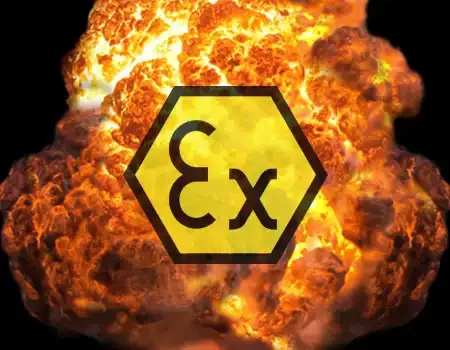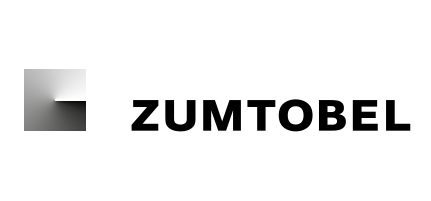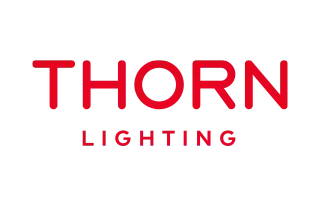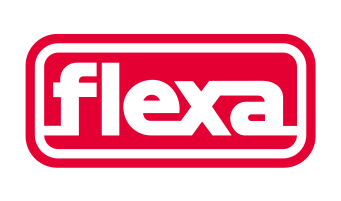
Blog
Types of Ex-Proof Protection

Types of Explosion-Proof Protection (Ex Protection Methods)
In hazardous areas, equipment and devices are made safe by eliminating potential ignition sources through various protection techniques. Protection types cover enclosures, inlets and outlets, control assemblies, as well as components and connections. The protection methods defined by standards are listed below:
Flameproof Enclosure – Ex ‘d’ (EN 60079-1)
In this type of protection, components that could ignite an explosive atmosphere are placed inside a sealed enclosure. This enclosure must withstand any internal explosion pressure and prevent the transmission of flames or hot gases to the surrounding environment.
Typical Applications:
-
Electric Motors
-
Electrical Control Panels
Increased Safety – Ex ‘e’ (EN 60079-7)
Provides an additional level of safety by preventing the occurrence of arcs, sparks, or high surface temperatures both inside and outside the enclosure.
Typical Applications:
-
Electric Motors
-
Motor Terminal Boxes
Intrinsic Safety – Ex ‘i’ (EN 60079-11)
Protection based on circuits operating at such low energy levels that they cannot produce arcs or thermal effects capable of igniting the surrounding atmosphere. Typically limited to 1.5 V, 100 mA, and 25 mW.
Typical Applications:
-
Sensors
-
Radios
-
Flashlights
Oil Immersion – Ex ‘o’ (EN 60079-6)
Potential ignition sources are immersed in oil or another non-flammable insulating liquid. As a result, gases and vapors within the oil volume cannot ignite.
Typical Applications:
-
Large Transformers
-
Switchgear
Pressurization – Ex ‘p’ (EN 60079-2)
The entry of explosive atmospheres into the equipment is prevented by maintaining an internal overpressure using clean air or another protective gas. Overpressure and/or gas flow must be continuously monitored.
Typical Applications:
-
Large Motors
-
Control Panels
Encapsulation – Ex ‘m’ (EN 60079-18)
Components capable of igniting an explosive atmosphere are fully encapsulated to prevent ignition. The sealing material must withstand electrical, thermal, and mechanical stresses.
Powder Filling – Ex ‘q’ (EN 60079-5)
Potential ignition sources are surrounded by a fine granular material (such as quartz or sand), preventing the ignition of the surrounding explosive atmosphere.
Non-Sparking – Ex ‘n’ (EN 60079-15)
The equipment is designed to restrict the possibility of arcs or sparks under normal operation and minimize breathing of explosive atmospheres into the enclosure.
Typical Applications:
-
Lighting Fixtures
-
Street Lamps












